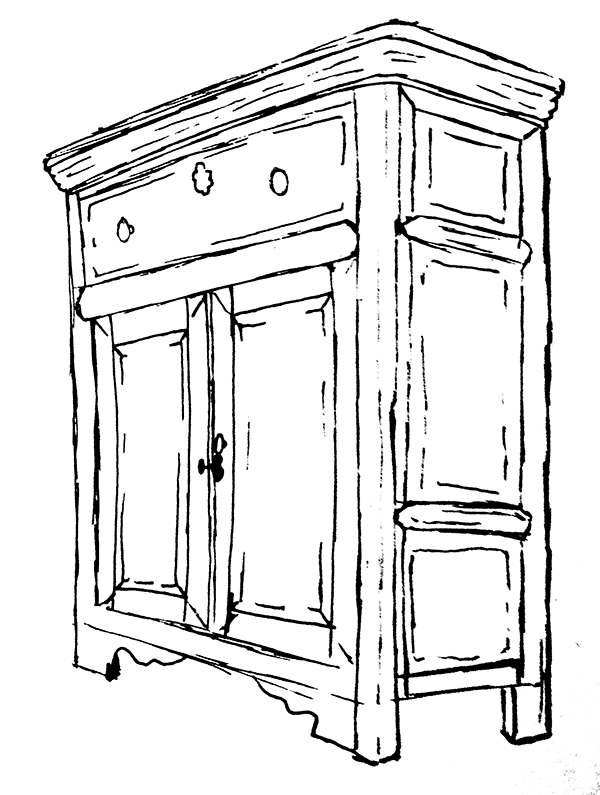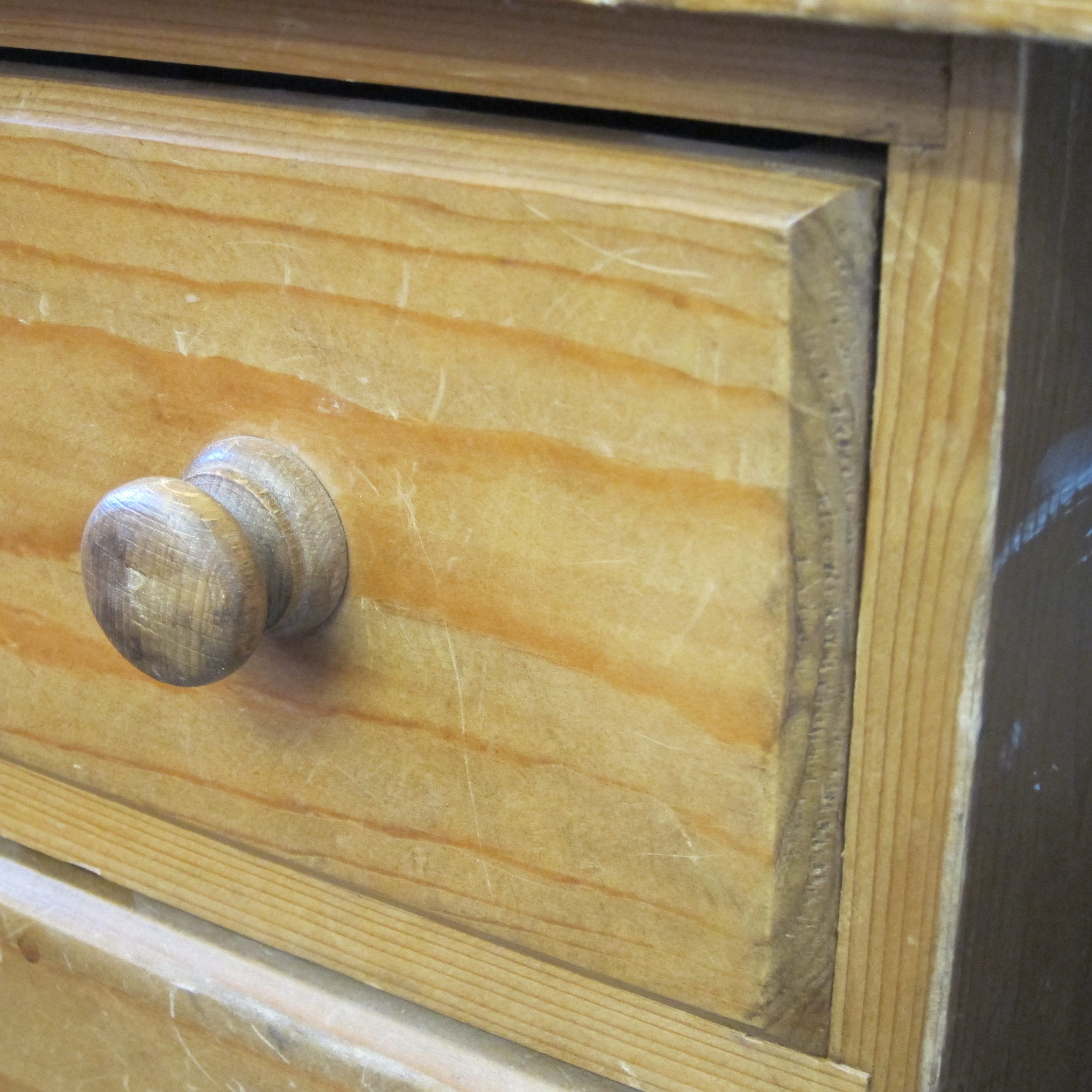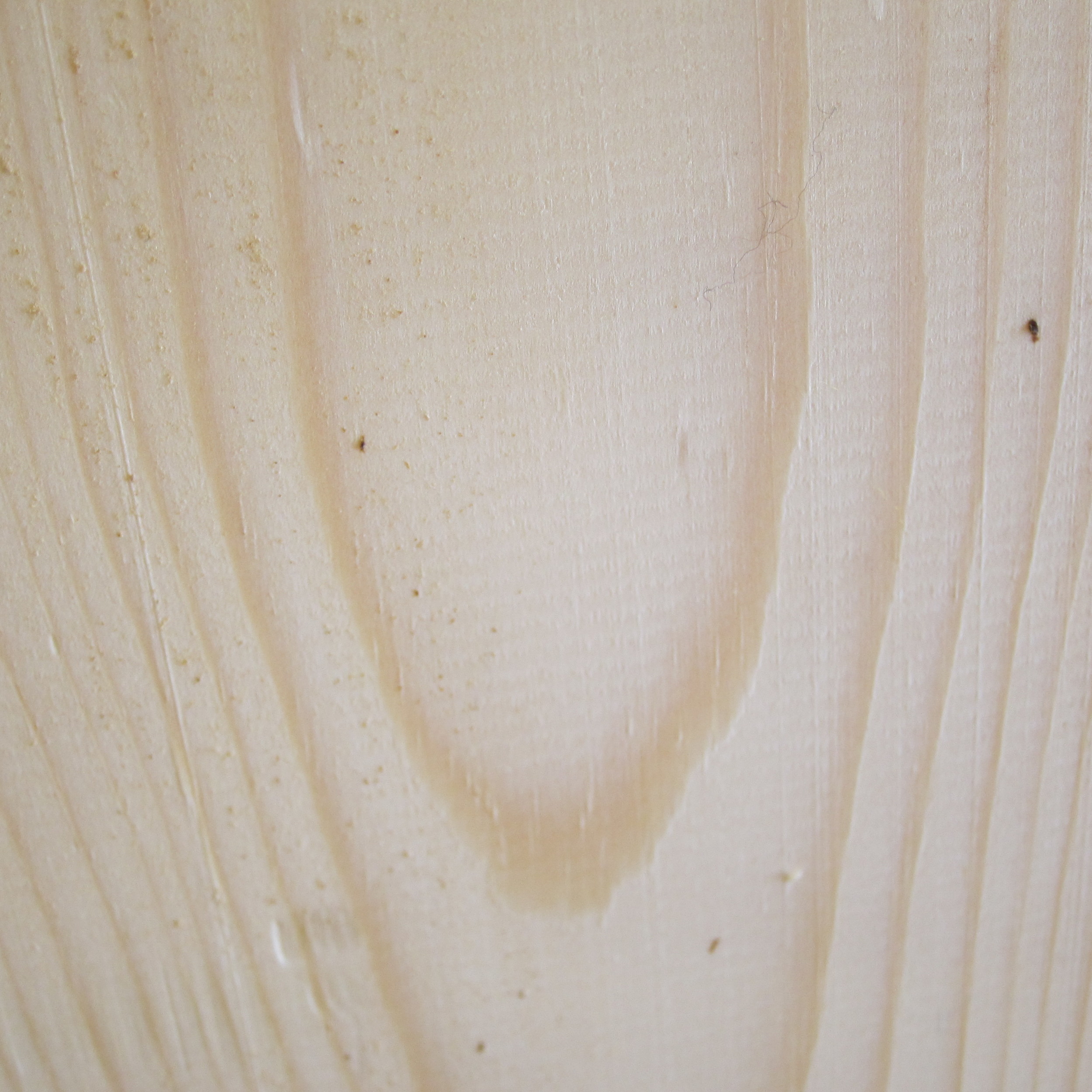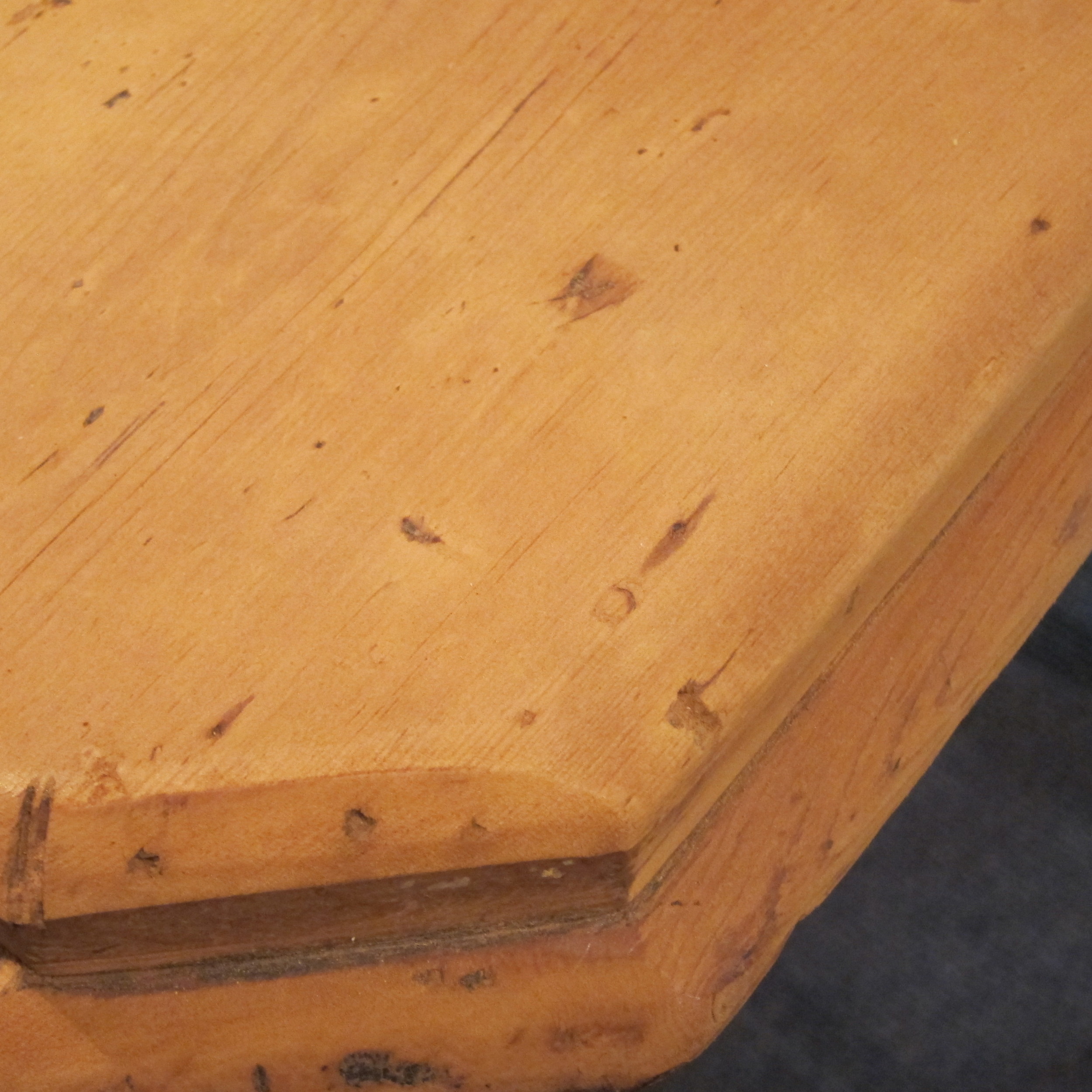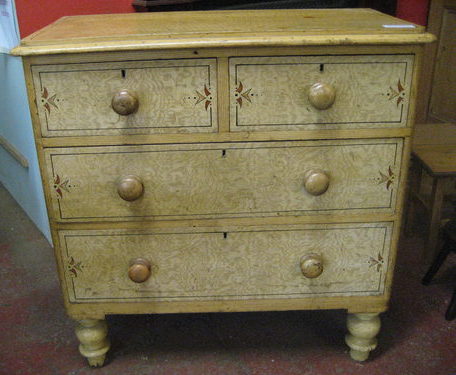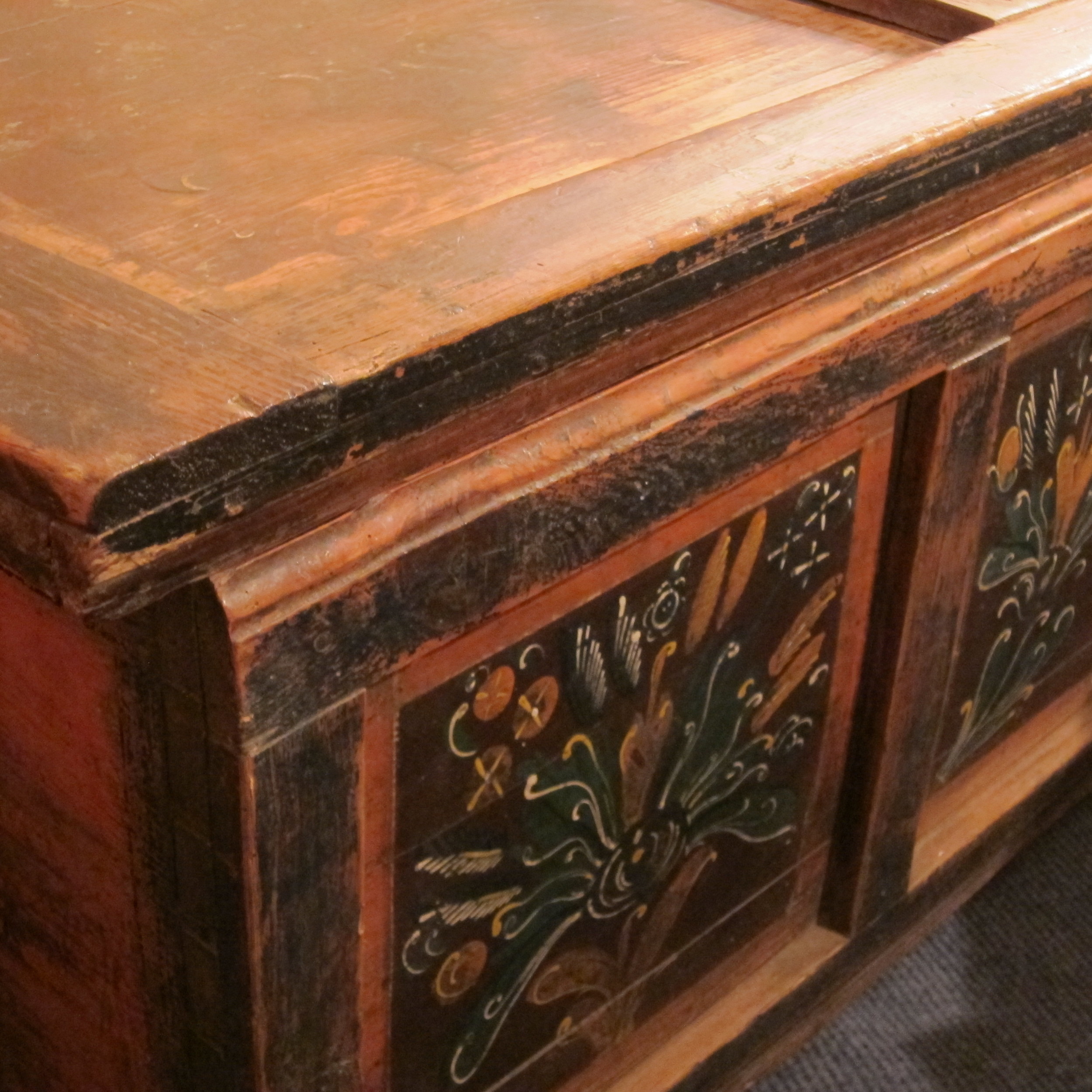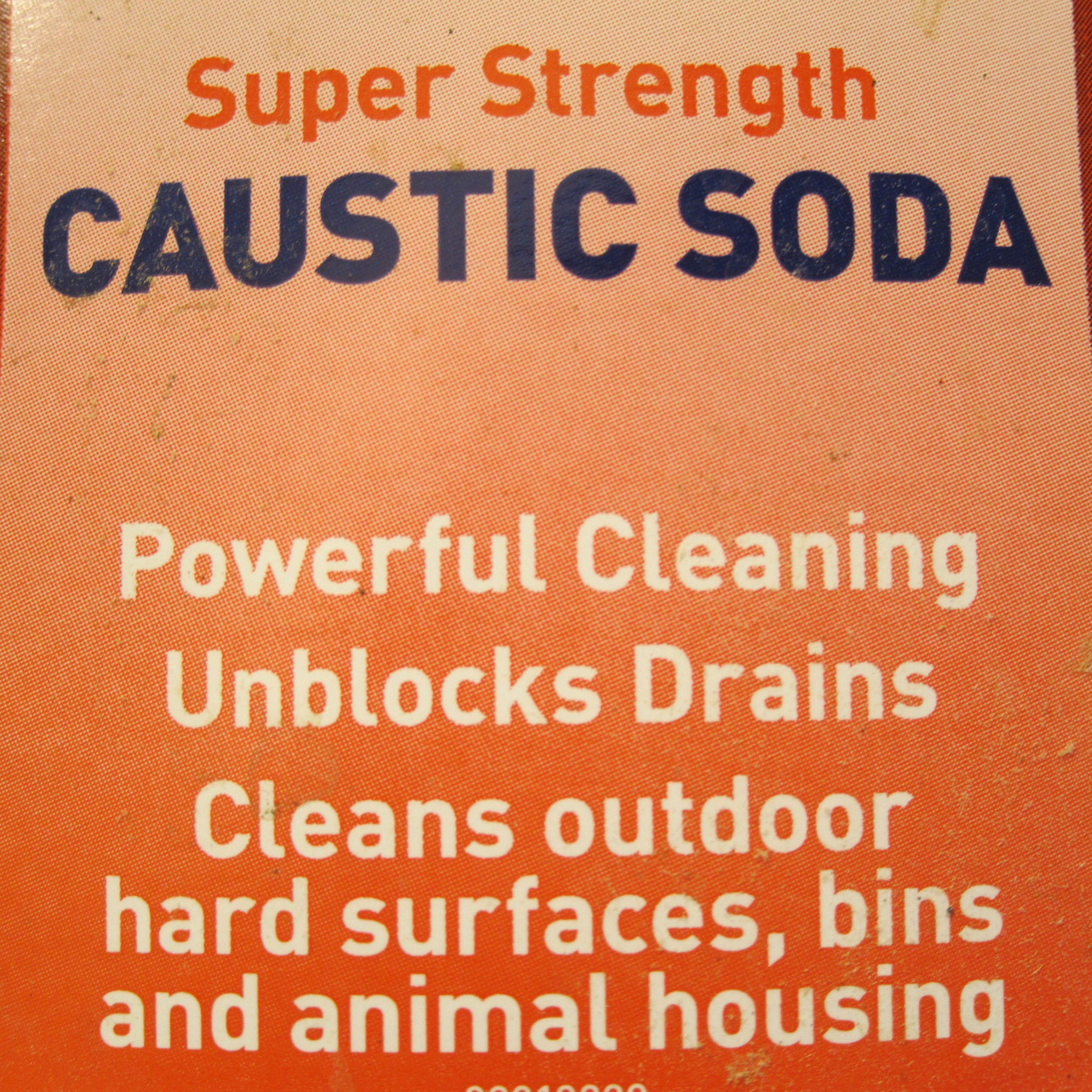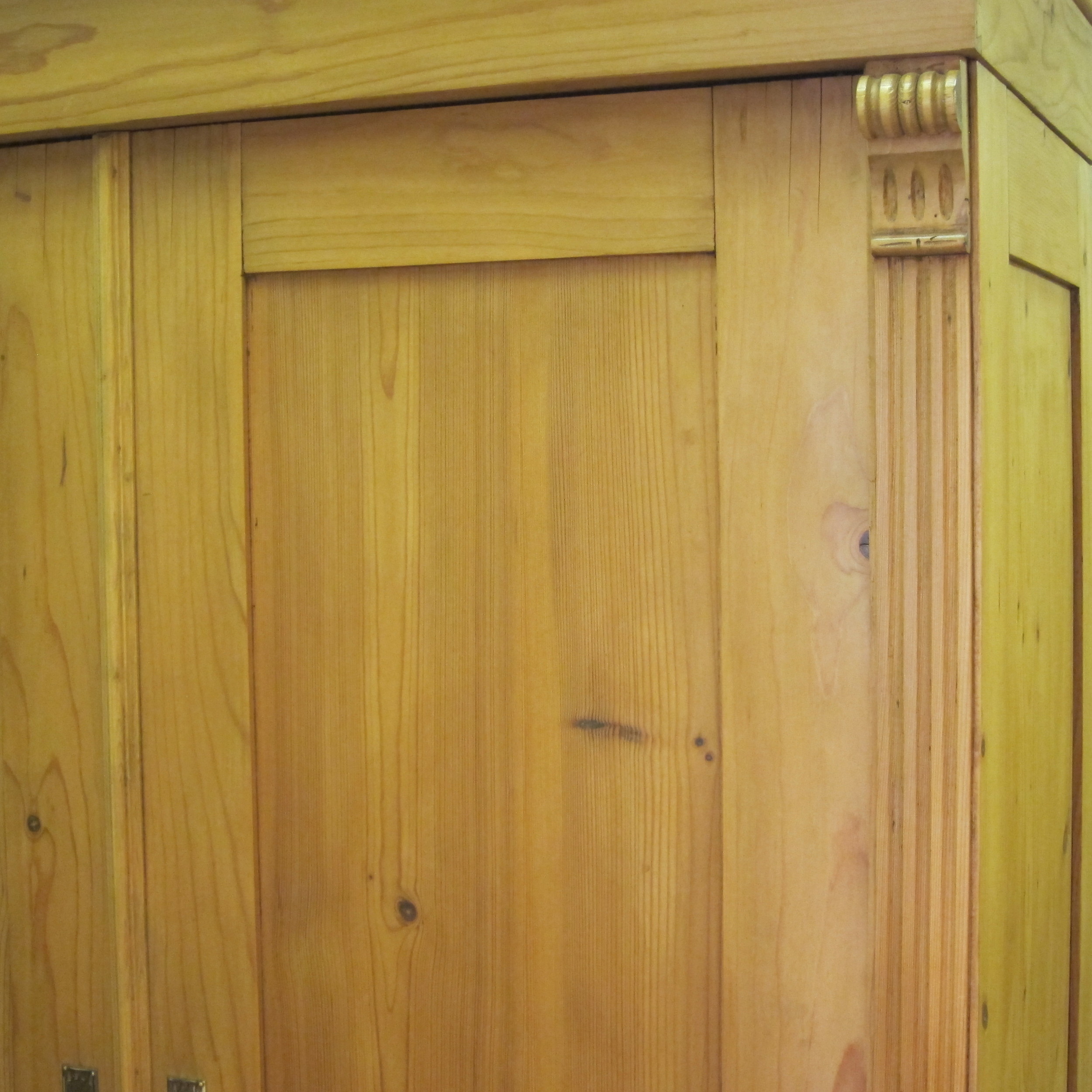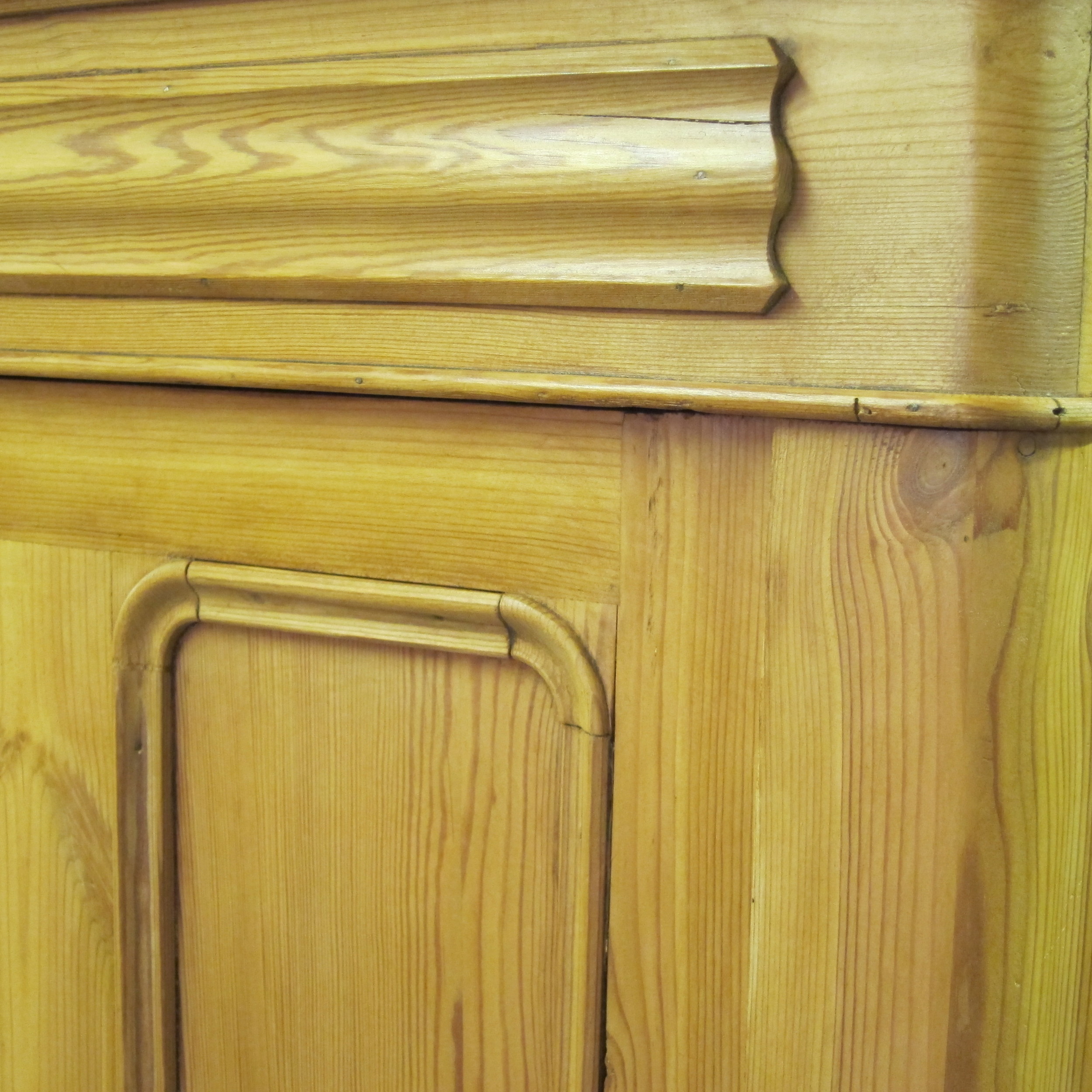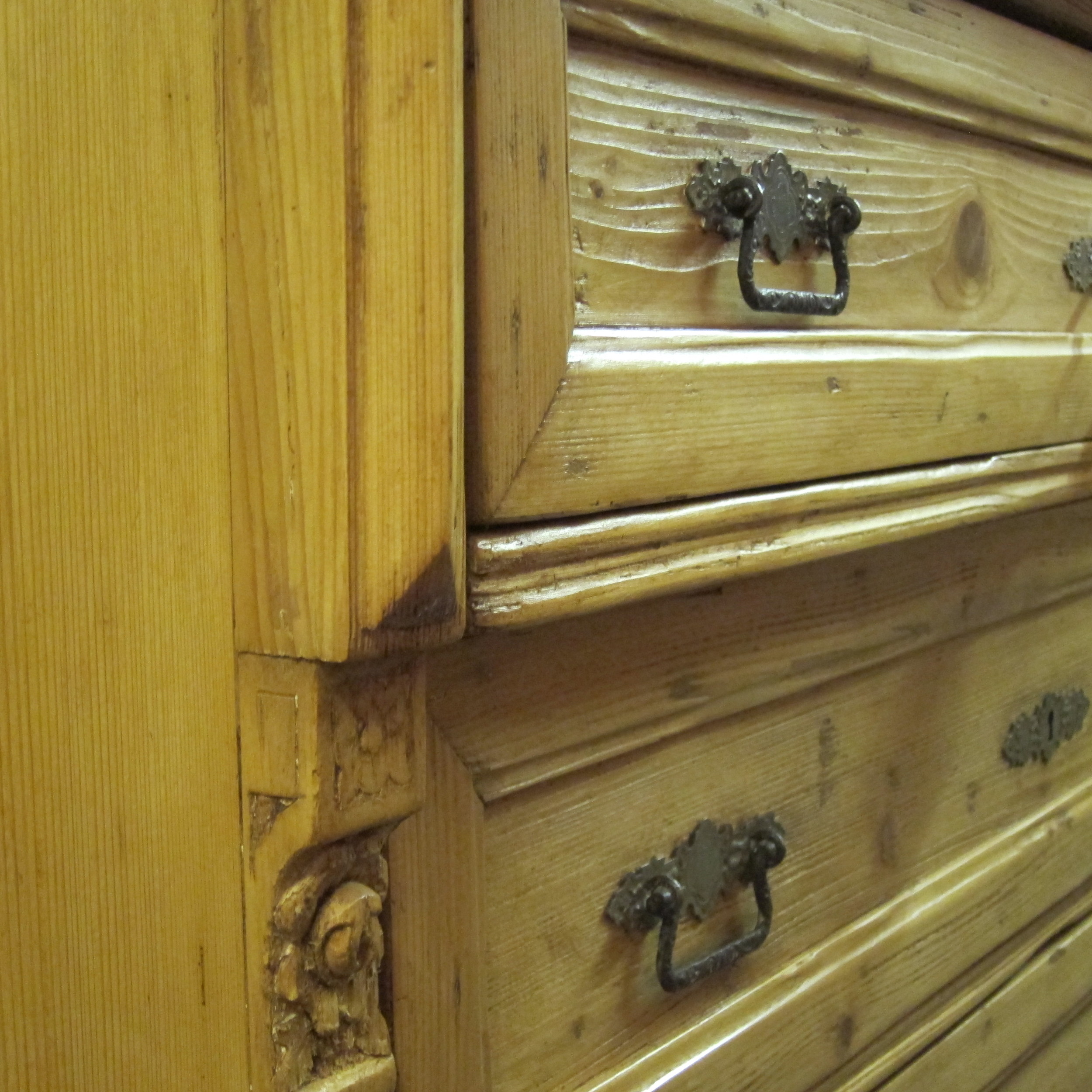In my experience, different types of pine have different patinas and shades. Whether it has been a quick growing or slow growing pine tree also determines whether the grain will be close or wide. (You will notice on most new pine furniture the wide grain). Also pine will darken with age.
You can see below the first 2 images of new pine with wide grain, the 3rd image of the top of a very old pine table. Notice the very close grain.
I have tended to notice that old pine furniture from different countries are also different colours. Some pieces from East Germany, for example, can be very rich in colour, and some from The Czech Republic can be very light.
Georgian and early Victorian English pine furniture tended to be made from very slow growing pine, so the grain was often very tight, and the wood quite hard (for a soft wood like pine).
The English had determined that only the lower class would have a piece of furniture with the bare wood showing (just waxed or oiled), so they tended to like it painted. This lead paint will have protected the wood and also stopped the sun's rays from darkening it (Pine will darken with age if exposed to light). Therefore when we decided to start to strip and wax our old pine furniture (starting in the 1970's, and very often stripping our old pine doors also), we found the lovely old slow growing tight grained wood underneath, and we enjoyed the light colour which was enhanced when waxed with a beeswax finish.
A painted Victorian pine chest of drawers and one that has been stripped and waxed:
The darkening of pine can be regularly seen on the antique furniture I deal in, especially on many old pine Marriage Chests and Wardrobes. You may find we currently have some old pine painted Marriage Chests for sale. These types of furniture were often given as wedding present. An old pine box or wardrobe would be bought, then re-painted and then the initials of the married couple would be also painted on the item in thick lead paint. When we strip our furniture, the stencil of the writing can still be seen, it will be lighter in colour because the lead paint has protected the wood just a little more than the thinner paint elsewhere.
1st image: An old pine painted Marriage Chest, 2nd: Caustic soda, 3rd: A close up of an old pine wardrobe, 4th: A close up of an old pine cupboard, 5th: an old East German pine chest of drawers.
Another determining factor in how the piece of furniture will look when stripped and waxed is actually 'how' it is stripped. If, for example you strip a modern piece of pine furniture with a modern methylene chloride based paint stripper and then try and wax it, it will remain a very yellow, light colour. If however you remove the paint using a caustic soda solution (sodium hydroxide), which was the common way of stripping old painted pine furniture, then the wax will take to the wood and it is absorbed nicely, producing a lovely sheen and enhanced patina.









